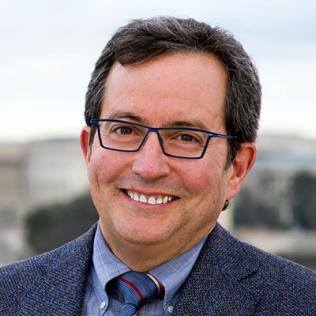
On the Cover
Fruit Fly Hearing Organs. Five different fruit fly hearing organs are arranged to form a flower in this image. A protein, NompA (red), attaches the hearing units to the exoskeleton. Human genes and hearing organs are similar to those in fruit flies. This allows researchers to use fruit flies to identify new genes and gene regulators involved in hearing and deafness in humans.
TONGCHAO LI, BAYLOR COLLEGE OF MEDICINE, WITH SUPPORT FROM NIDCD





